 "TheHondaBro" (wwaveform)
"TheHondaBro" (wwaveform)
09/18/2015 at 14:34 ē Filed to: None
 1
1
 25
25
 "TheHondaBro" (wwaveform)
"TheHondaBro" (wwaveform)
09/18/2015 at 14:34 ē Filed to: None |  1 1
|  25 25 |
My dad and I are planning on running some HDMI and Ethernet wires through the wall, and weíre worried that the power cables will interfere with the HDMI and Ethernet.
Two questions:
1) Should we be worried?
2) How would we ensure the wires are separated in the wall?
Disco Volante for your time.

 Mattbob
> TheHondaBro
Mattbob
> TheHondaBro
09/18/2015 at 14:39 |
|
I wouldnít worry about it too much. HDMI cables should be shielded, and CAT5 ethernet wire is pretty immune to interference. How long of a run is the HDMI cable?
 lone_liberal
> TheHondaBro
lone_liberal
> TheHondaBro
09/18/2015 at 14:39 |
|
As long as they are not run parallel for any length you should be ok. If you are coming up from the basement or down from the ceiling you will be fine since they will be at a 90 degree angle with the power wires which are run horizontally.
 TheHondaBro
> Mattbob
TheHondaBro
> Mattbob
09/18/2015 at 14:43 |
|
Weíre getting 12ft HDMI cables, but not all of it is going in the wall.
 Highlander-Datsuns are Forever
> TheHondaBro
Highlander-Datsuns are Forever
> TheHondaBro
09/18/2015 at 14:43 |
|
The electrical engineers I work with always want 6-inches of separation. (but my breath isnít that bad is it?) I have never seen issues with power messing up com, unless it is 4-20 mA signal.
 Mattbob
> TheHondaBro
Mattbob
> TheHondaBro
09/18/2015 at 14:47 |
|
yeah, you will be fine. Just donít staple the wires to anything and smash the twisted pairs inside and you will be fine.
 Party-vi
> TheHondaBro
Party-vi
> TheHondaBro
09/18/2015 at 14:49 |
|
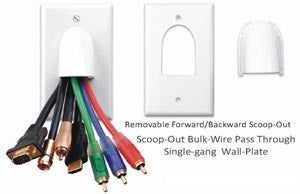
Put a chase in your wall - get some 2Ē PVC pipe and run that into your wall, or some flexible 2Ē hose. Then you should be able to fish your lines through the tubing/pipe without worrying about where they will end up or running along the power lines. FWIW, you should not experience any interference. Also, home improvement stores sell wall plates just for that reason.
 Mattbob
> Highlander-Datsuns are Forever
Mattbob
> Highlander-Datsuns are Forever
09/18/2015 at 14:49 |
|
yeah, instrumentation is a totally different beast than digital twisted pairs.
 Mattbob
> Highlander-Datsuns are Forever
Mattbob
> Highlander-Datsuns are Forever
09/18/2015 at 14:53 |
|
some separation is good practice, but unless the AC lines are running some serious current, there probably wont be nearly enough interference to disrupt a decently shielded HDMI cable or ethernet.
 NaturallyAspirated
> TheHondaBro
NaturallyAspirated
> TheHondaBro
09/18/2015 at 14:55 |
|
Everyone else is correct: itís not normally a problem, and the only way it could be a problem is if the cables are run parallel to the power and in very close proximity.
Are you planning on putting jack plates onto the wall? I just ran coax and Ethernet in my apartment (the landlord is a cool guy who was OK with me doing this) and used low voltage old-work boxes for the jacks, and a small patch panel in the closet with the cable modem and router. So in my case, ports 6 and 7 are the master bedroom, ports 11 and 12 are the second bedroom, and ports 1 and 2 are the living room. I did that because itís really easy to run extra cables while everything is apart, so might as well put in several.
If you havenít bought cable yet, Cat6 is only a few cents more than Cat5e and it gives you a lot more leeway for poor punchdowns while still working at 1Gb.
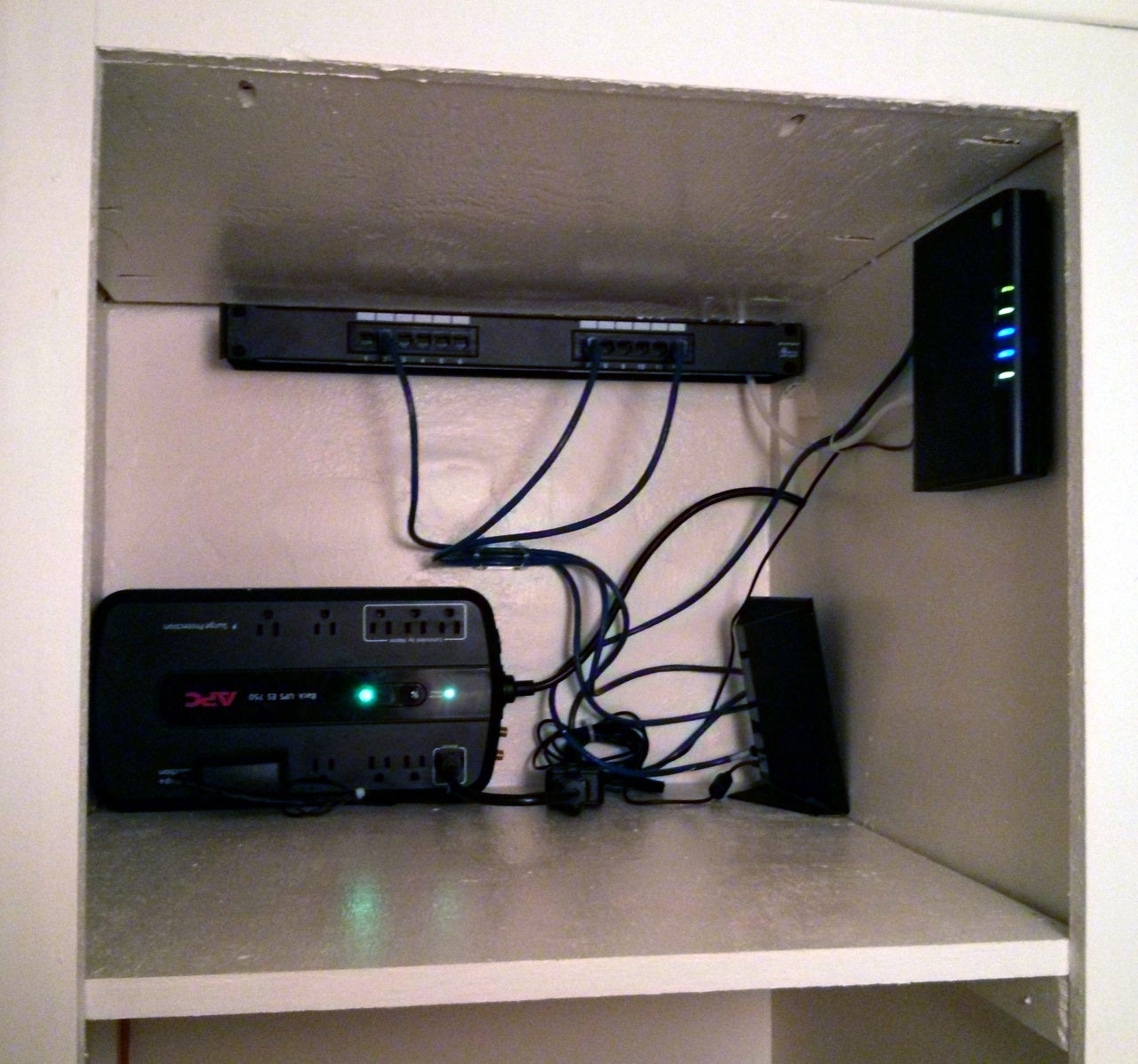
 Because Racecar
> TheHondaBro
Because Racecar
> TheHondaBro
09/18/2015 at 15:00 |
|
Everything is shielded so you wonít get interference, fishing might be a bitch at times but most of all get faceplates. Your HDMI cord will go to the back and the faceplate acts as an extension of it. Faceplates make the job look good, faceplates make your home more flexible. Faceplates faceplates FACEPLATES!
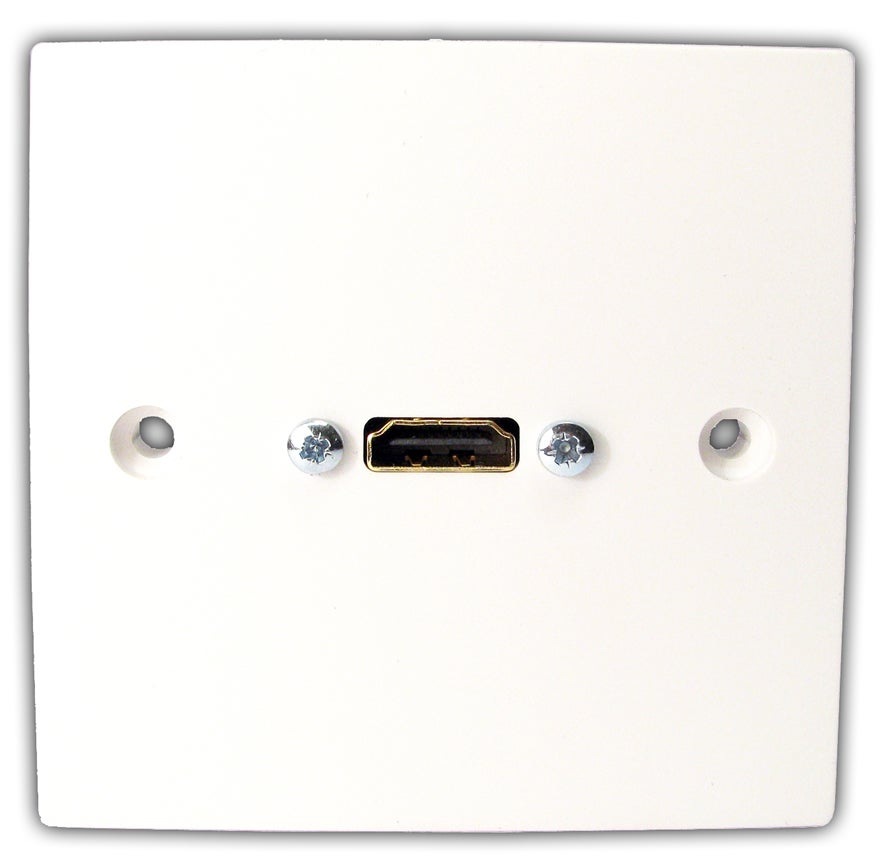
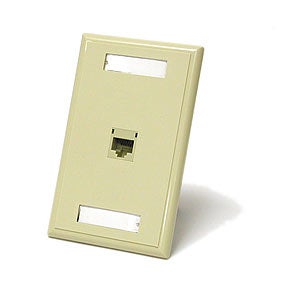
 HammerheadFistpunch
> TheHondaBro
HammerheadFistpunch
> TheHondaBro
09/18/2015 at 15:14 |
|
What he said, HDMI is shielded (by virtue of the standard) and Cat5 is no biggie. If you are worried donít run it parallel to power.
 TheHondaBro
> Because Racecar
TheHondaBro
> Because Racecar
09/18/2015 at 15:17 |
|
Oh, weíre getting faceplates.
 TractorPillow
> TheHondaBro
TractorPillow
> TheHondaBro
09/18/2015 at 15:20 |
|
Check with your home insurance company to make sure an electrician doesn't have to do it; heard of problems with insurance in the past with that kind of thing. I didn't believe it at first, but it's true in some parts of country.
 JGrabowMSt
> TheHondaBro
JGrabowMSt
> TheHondaBro
09/18/2015 at 15:21 |
|
It will not interfere. My job does this on the regular.
We do home automation and wire things from end to end of the house. If powerlines were an issue, my company would be out of business.
 TahoeSTi
> TheHondaBro
TahoeSTi
> TheHondaBro
09/18/2015 at 15:30 |
|
Make sure you test the HDMI chain, meaning plug it all in before you put it in the wall, Iíve had some face plates for HDMI cause connection issues. Also run cat6 if you can itís better sheilded. (not that it will matter much) And if you want you can do HDMI over Cat6 for longer runs with something like this http://www.monoprice.com/product?p_id=8Ö
I use HDMI over Cat6 to run every tv in my house from the same closet, which allows any tv to pick any source in the closet. So the Xbox one and PS3, Cable, and computer in there can be used by any room.
 JGrabowMSt
> TheHondaBro
JGrabowMSt
> TheHondaBro
09/18/2015 at 15:31 |
|
Get Keystone faceplates and keystone inserts. Costs more, 100% flexible. You ran HDMI but want to change to a Cat7 for HDBaseT in the future? Pop out the keystone jack, snake the new wire and youíre done.
Amazon has keystone stuff for super cheap. Keystone isnít the brand, keystone is the style product.
I also recommend buying larger plates than you need and filling unused ports with a blank cover. The expansion options for the future are a huge selling point.
 MontegoMan562 is a Capri RS Owner
> NaturallyAspirated
MontegoMan562 is a Capri RS Owner
> NaturallyAspirated
09/18/2015 at 15:38 |
|
Well put, and if youíre buying new cables, thereís no reason not to get Cat6. I just wired up my whole house with Cat6 this past spring.
 MontegoMan562 is a Capri RS Owner
> TractorPillow
MontegoMan562 is a Capri RS Owner
> TractorPillow
09/18/2015 at 15:39 |
|
An Electrician to run a display cable and a network cable?
Thatís insanity.
 MontegoMan562 is a Capri RS Owner
> TahoeSTi
MontegoMan562 is a Capri RS Owner
> TahoeSTi
09/18/2015 at 15:40 |
|
Thatís a pretty slick set up.
I may look into something like that in the future. Iíve got my whole house wired Cat6.
 Gonemad
> TheHondaBro
Gonemad
> TheHondaBro
09/18/2015 at 15:58 |
|
We used to have one design for power over ethernet to feed a wireless router in our outdoorsy project.
TL DR:
We pumped the 802.11b router signal over a 2 miles distance. The bandwitdh dropped due the distance, exactly as our telecoms engineer said it would, not the presence of power over the wire all the way to the roof. We still got 1Mbps, give or take. We could boost the gain, but we would eventually black out the entire WiFi neighborhood for THIRTY miles, with a complimentary visit by our local FCC, just using a ďpringles canĒ type of antenna, on one side, and a grill one on the other, with a resulting gain of 12dB. A pen-sized internal antenna has a gain of 2dB, for comparison. The real trick was to find an WiFi router that would pick a WiFi signal and feed the LAN clients, thus reversing what your regular WiFi router does. Our results werenít better due... the ocean. Salty water just reflects or absorbs the signal.
/ TL DR.
Ethernet cables, being made of copper, handle power with no ill effects. HDMI can be converted straight into ethernet, despite using two cables for the raw throughput, so I doubt you will have any problem such as interference with 50/60Hz power, since they can literally be merged in one single cable type.
You are better off converting the HDMI signal into ethernet and enjoying the extra 100ft of range available on the Ethernet-shaped cable. Ethernet cabling runs for cents per meter. The longer the distance, the more cost-effective is Ethernet.
As long you donít overload the cable piping, you will be fine, even using HDMI and Ethernet mixed with power wiring. A thumb rule is to keep 50% of the area of the piping free.
The photo below is not mine, but look how tidy and organized it is, with HDMI and Ethernet plates and stuff, right along with the power plugs :
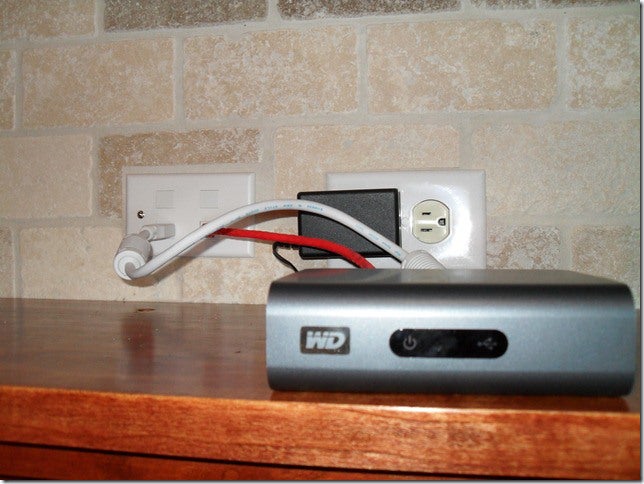
And this:
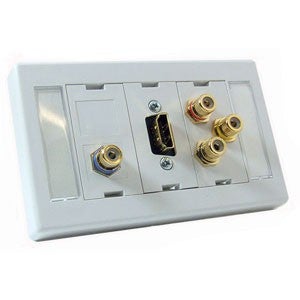
!!! UNKNOWN CONTENT TYPE !!!
And the converter to Ethernet. It is not always the best answer, only if you have issues about the range. I never used one of those, but I surely would try, since ethernet cables are dirt-cheap.
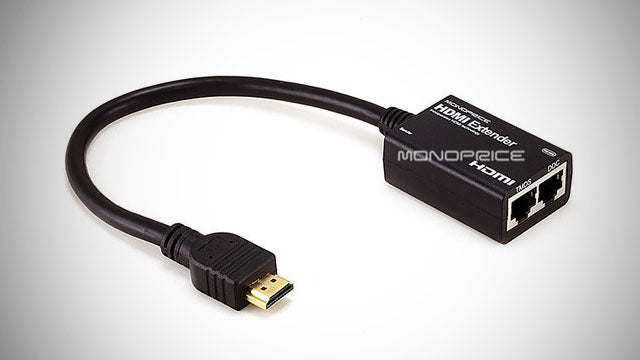
To summon it up: You donít need to worry about interference. At all.
 TractorPillow
> MontegoMan562 is a Capri RS Owner
TractorPillow
> MontegoMan562 is a Capri RS Owner
09/18/2015 at 16:30 |
|
Yep. Doesn't hurt to ask. Agreed. Insane.
 TahoeSTi
> MontegoMan562 is a Capri RS Owner
TahoeSTi
> MontegoMan562 is a Capri RS Owner
09/18/2015 at 16:35 |
|
They even have a box that allows adds a 10/100 Ethernet port next to the HDMI port so you donít lose any hardwired networked devices....assuming you donít need 1Gbs.
 MontegoMan562 is a Capri RS Owner
> TractorPillow
MontegoMan562 is a Capri RS Owner
> TractorPillow
09/18/2015 at 16:39 |
|
I guess thatís just another thing I shouldnít tell my insurance then.
Like when they asked if the Montego was modified.
Not my fault they havenít asked if anythingís changed in 4 years...
I ran Cat6 ethernet all over my house this year
 MontegoMan562 is a Capri RS Owner
> TahoeSTi
MontegoMan562 is a Capri RS Owner
> TahoeSTi
09/18/2015 at 16:48 |
|
Those are pretty sweet.
I have everything on my internal network setup for 1Gbs. None of my devices crack 100 at this point. Router, NAS and 8 port switch are all 10/100/1000, itís also why I did Cat6 instead of Cat5e.
I just didnít want to re-do everything in another year or so just to save a couple bucks now. It wasnít that much more expensive.
 TheHondaBro
> JGrabowMSt
TheHondaBro
> JGrabowMSt
09/18/2015 at 17:34 |
|
Yep, weíre getting keystones.